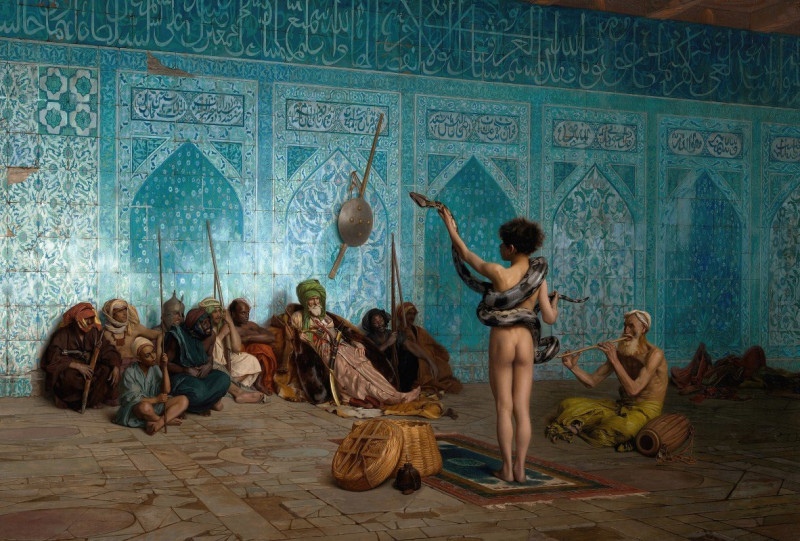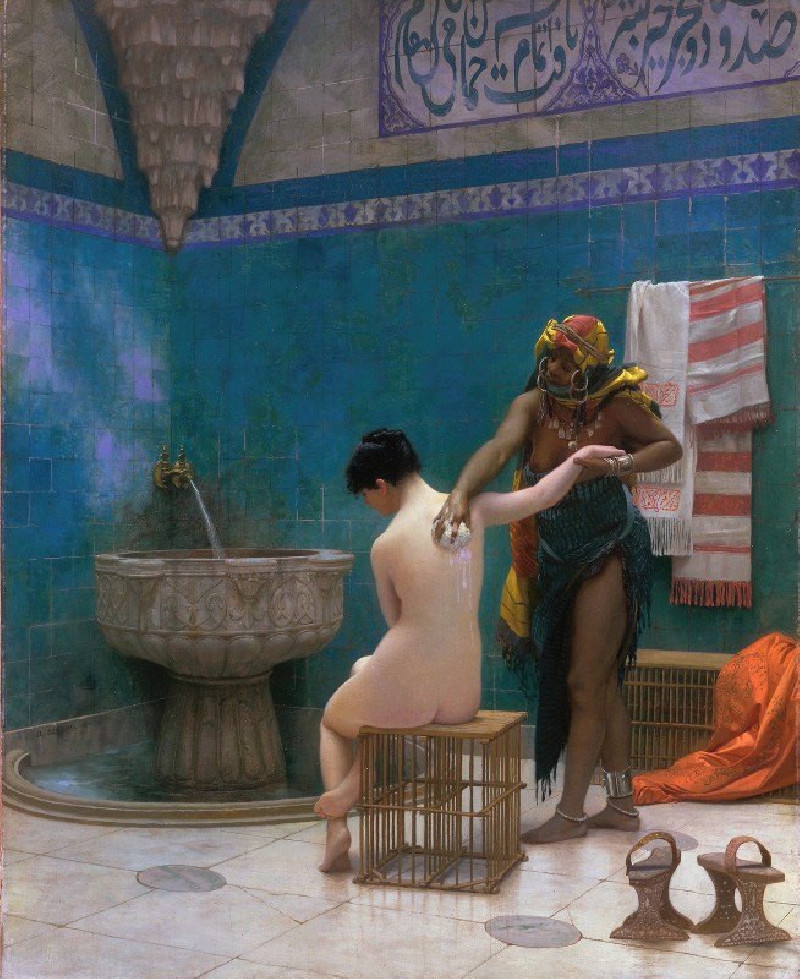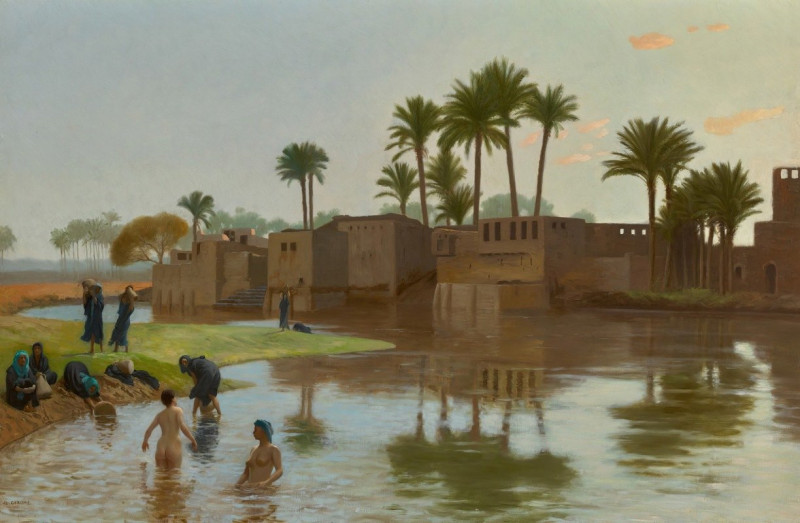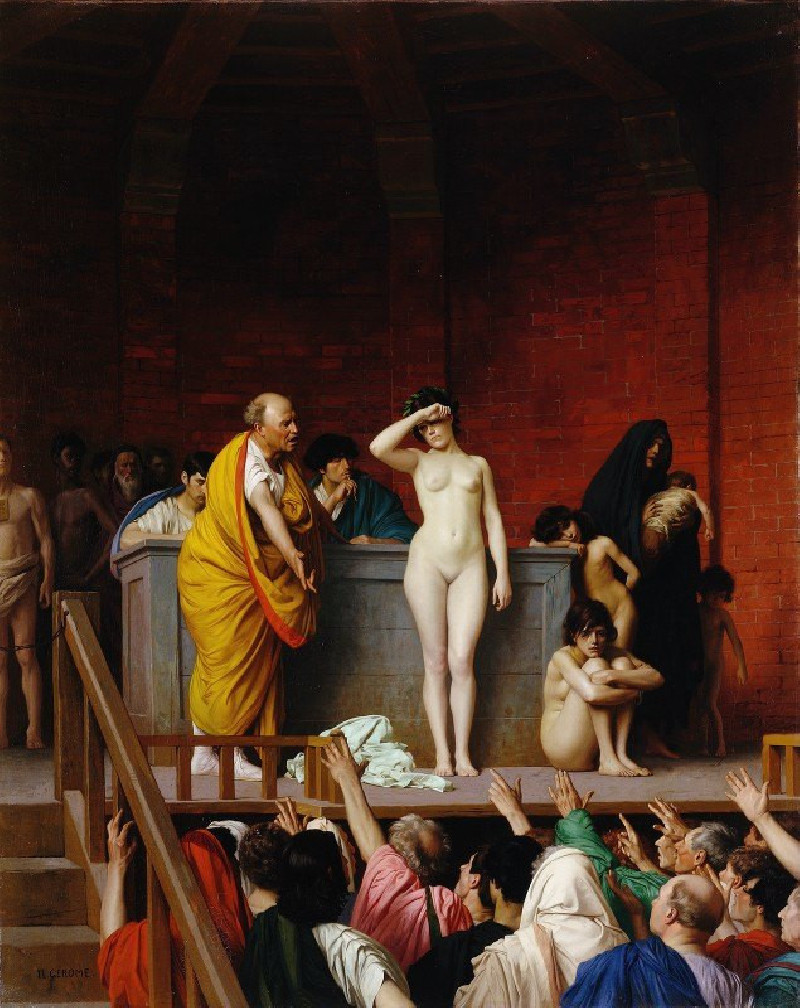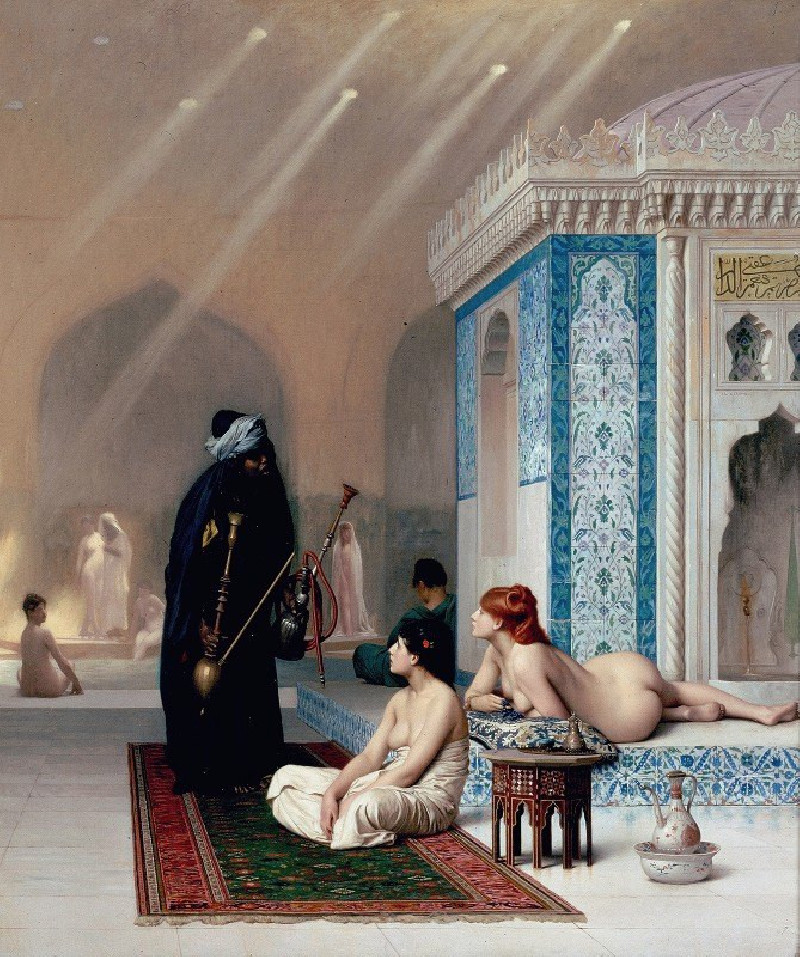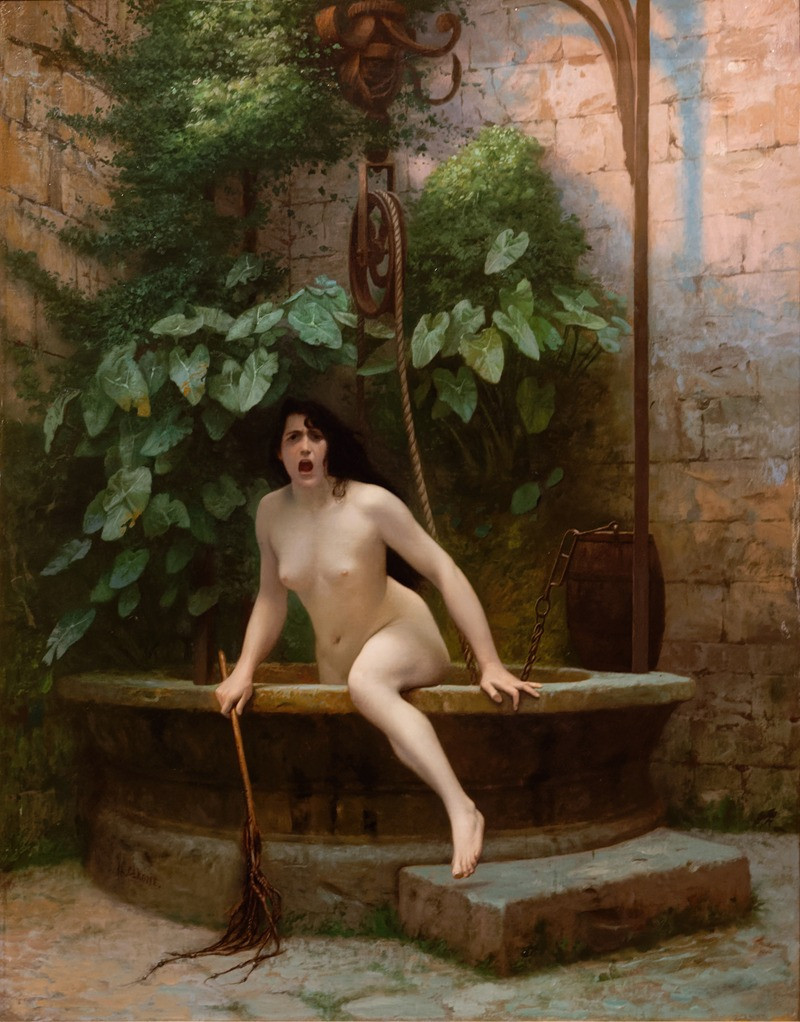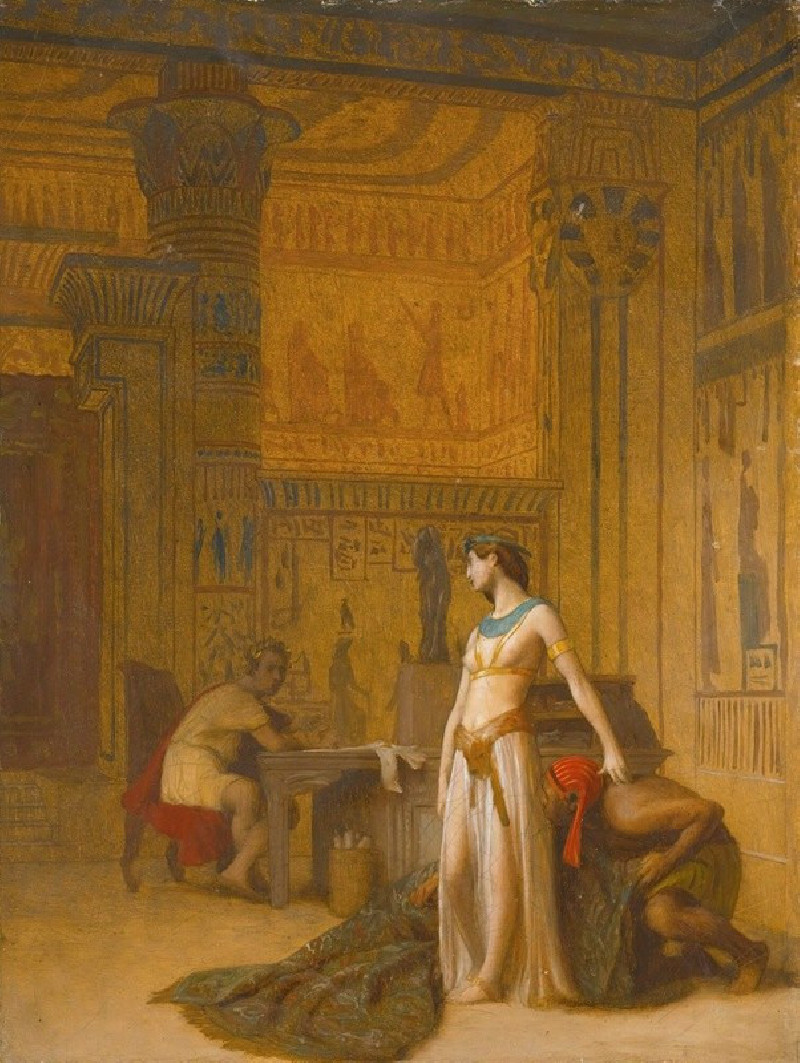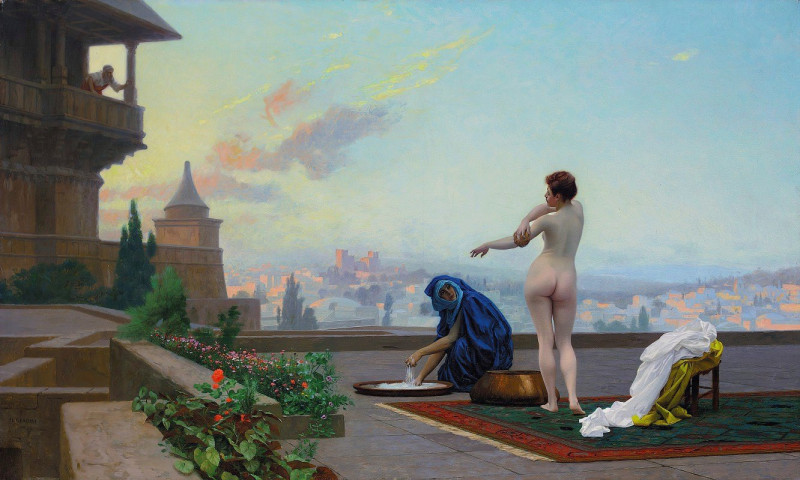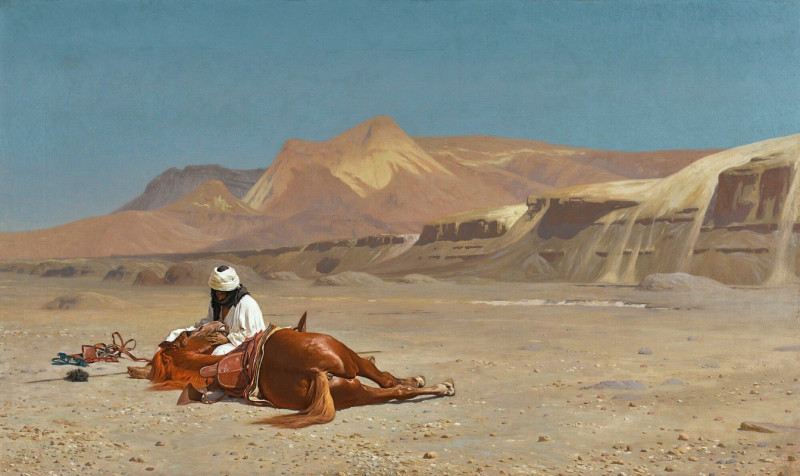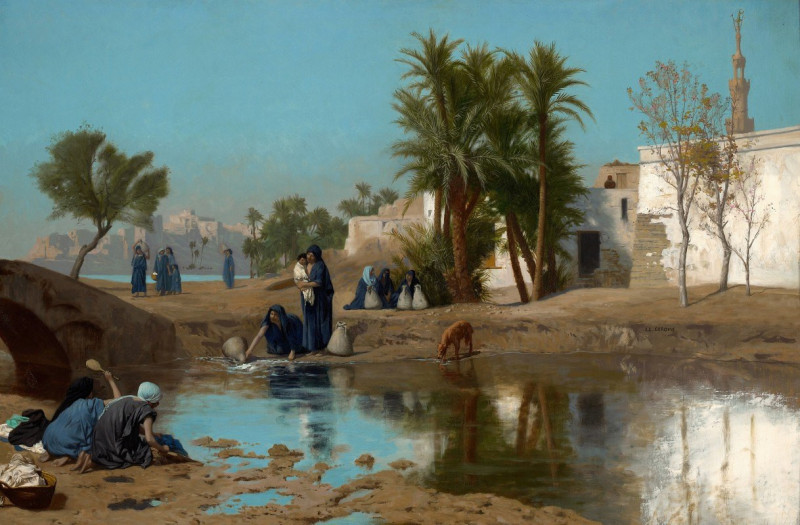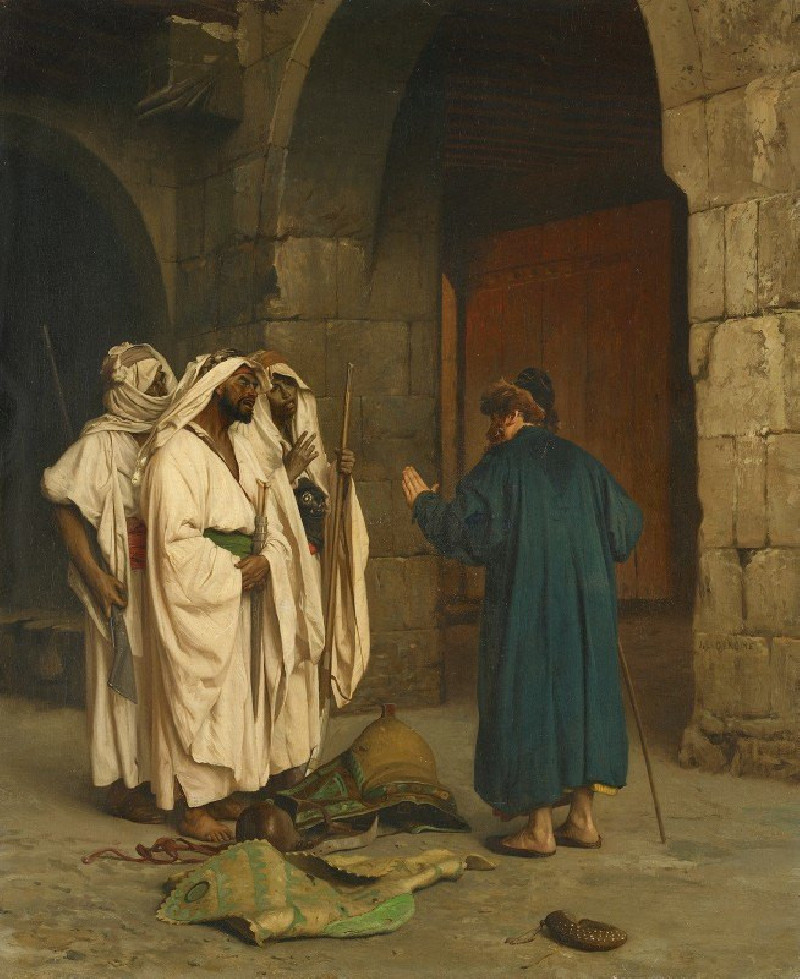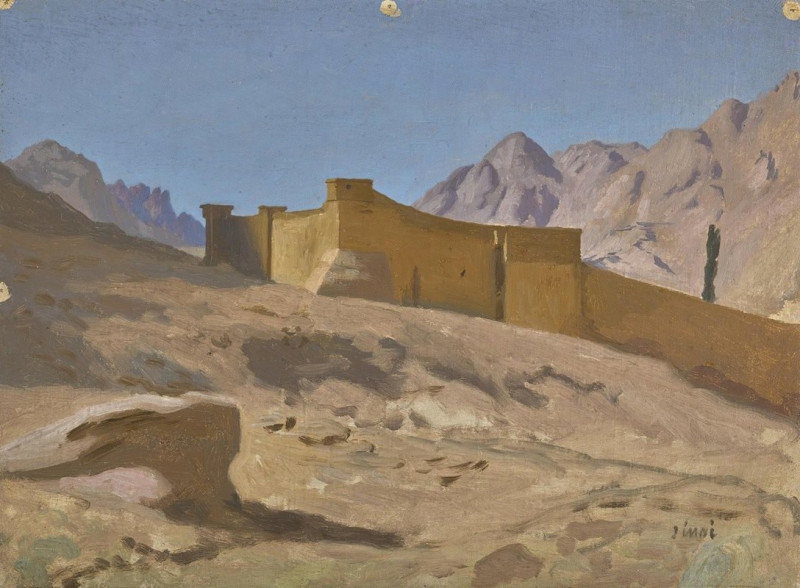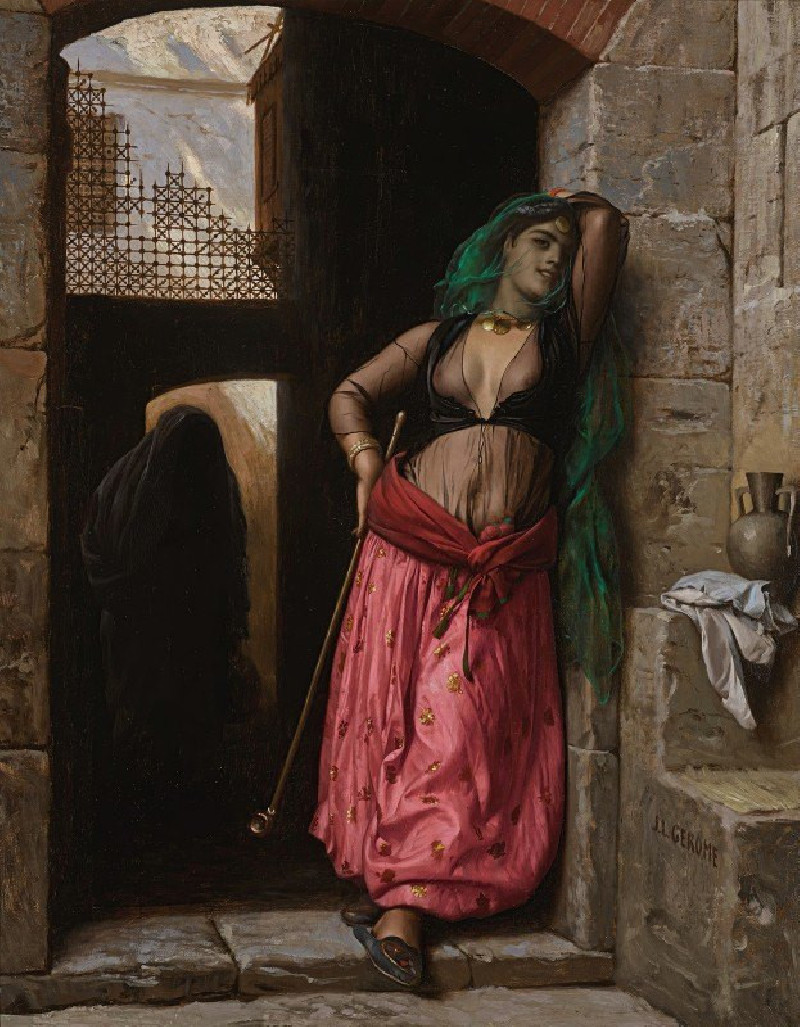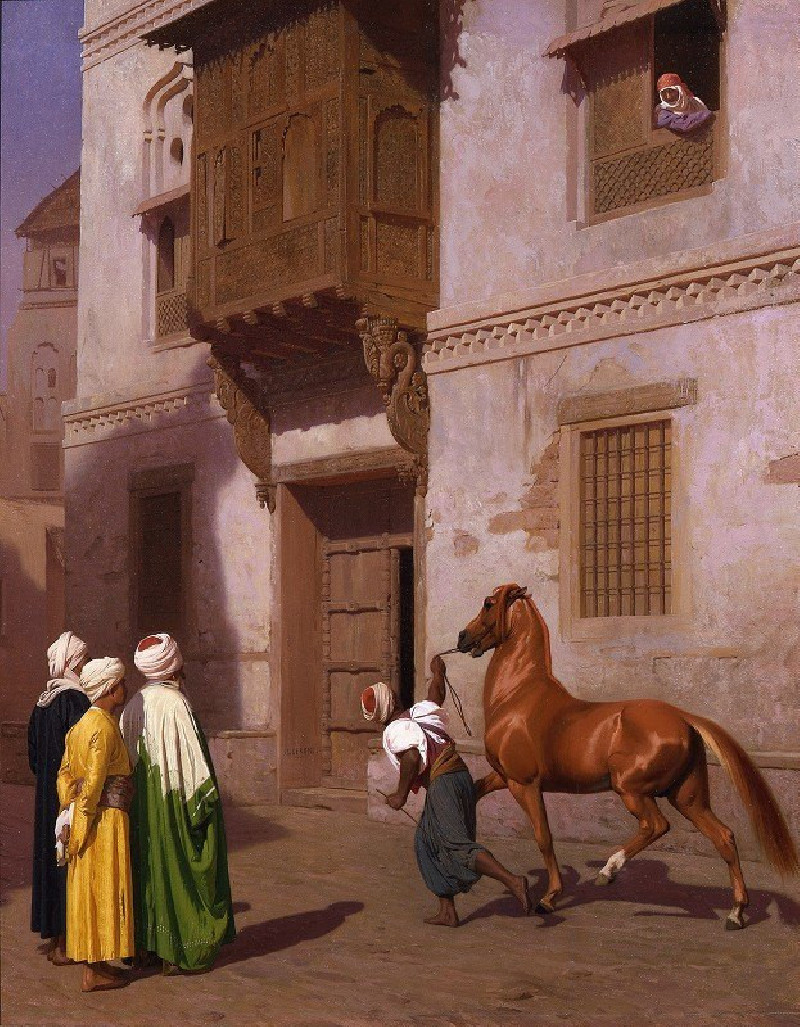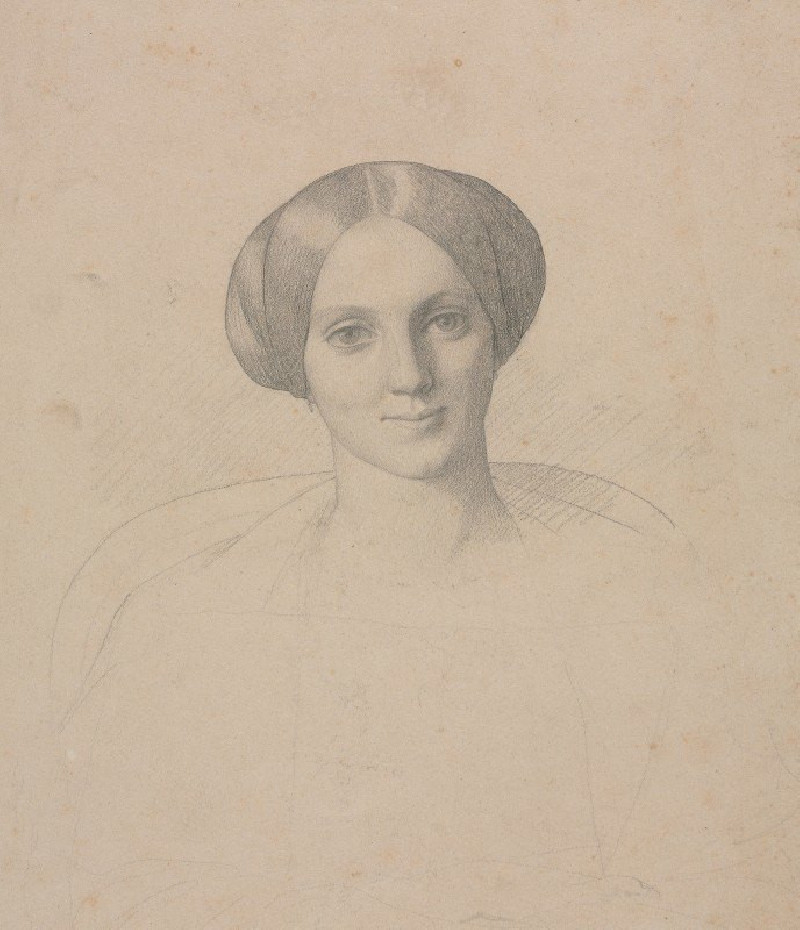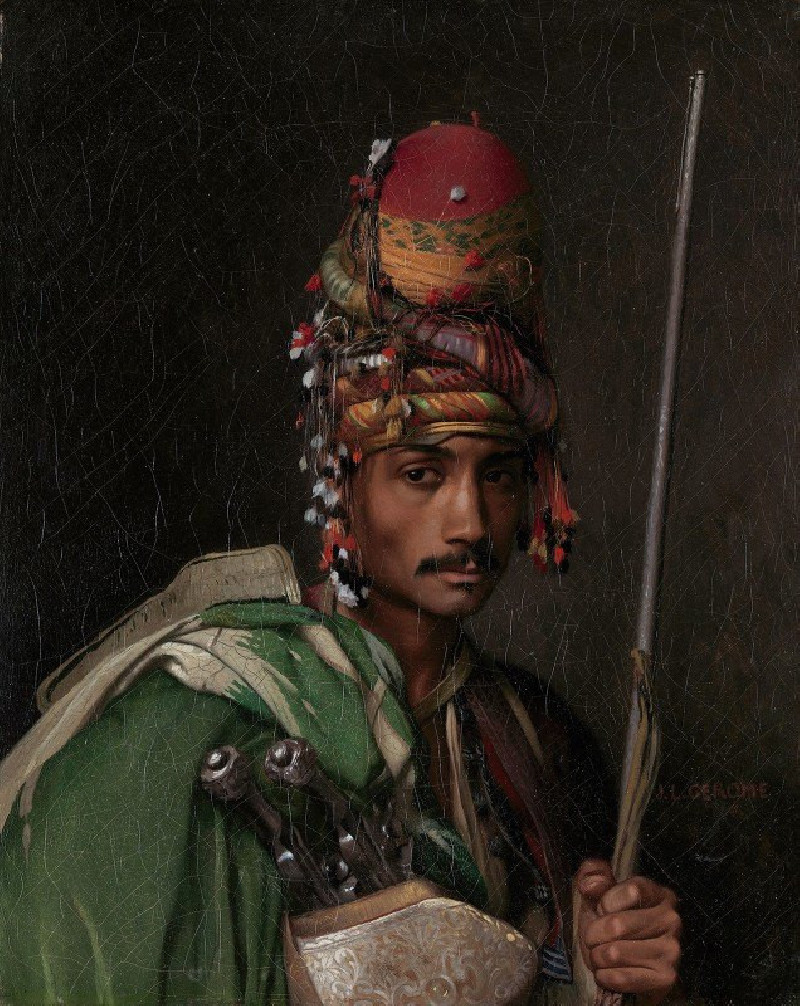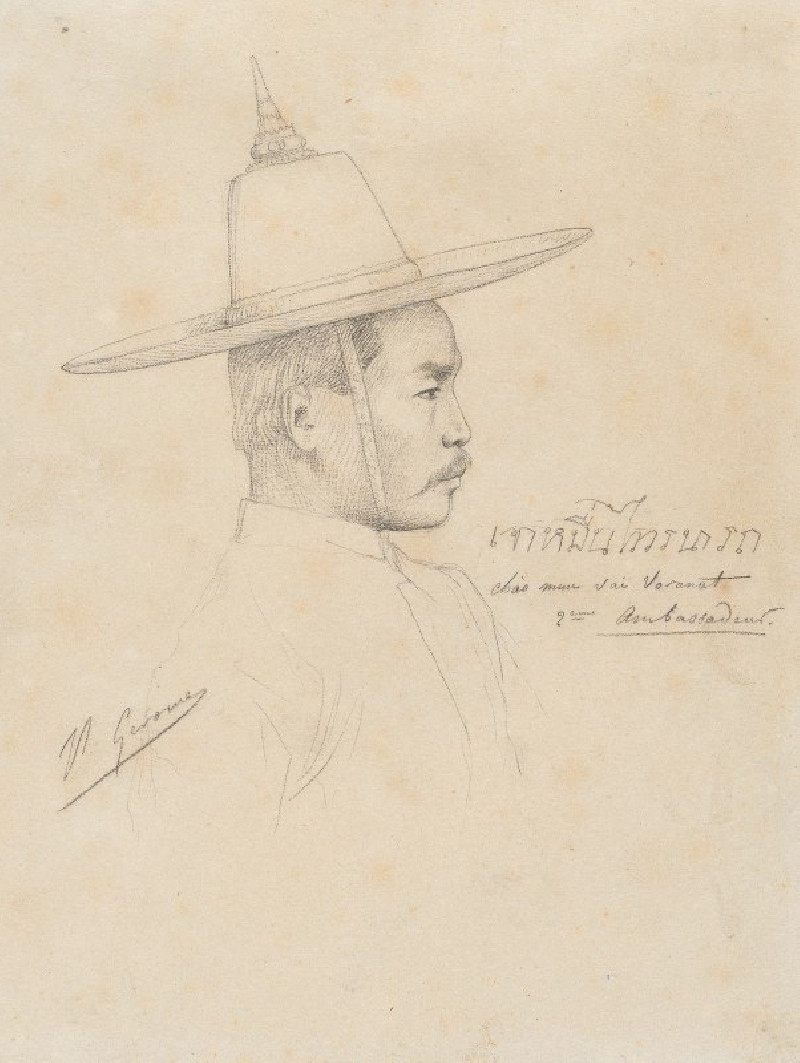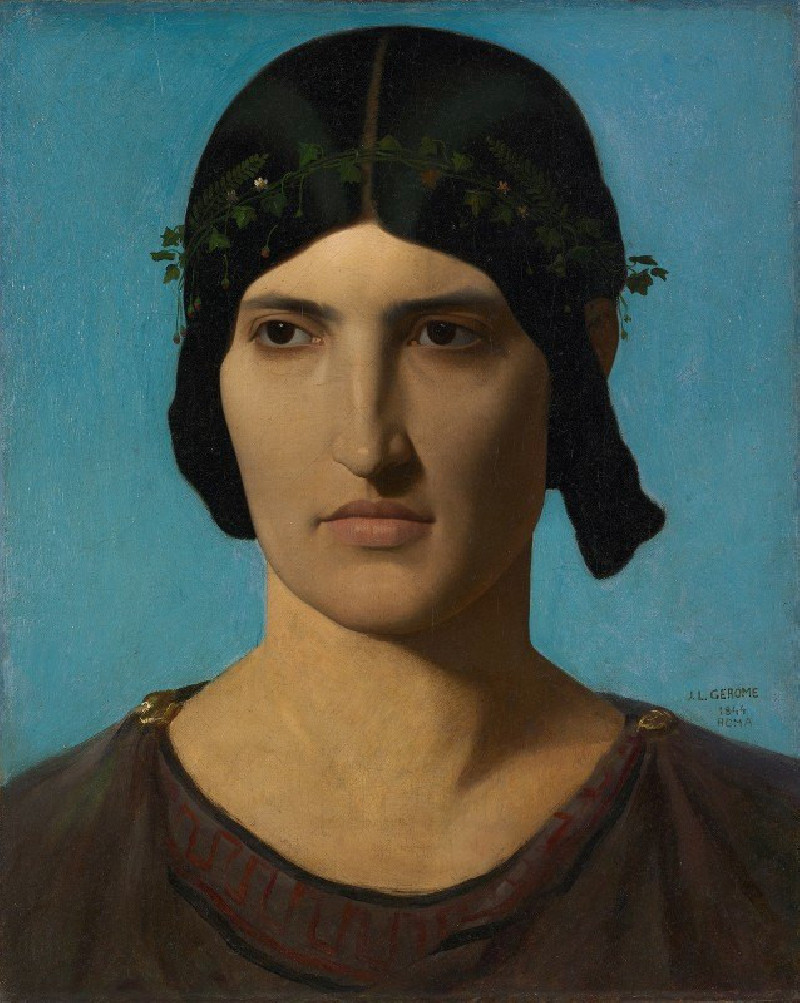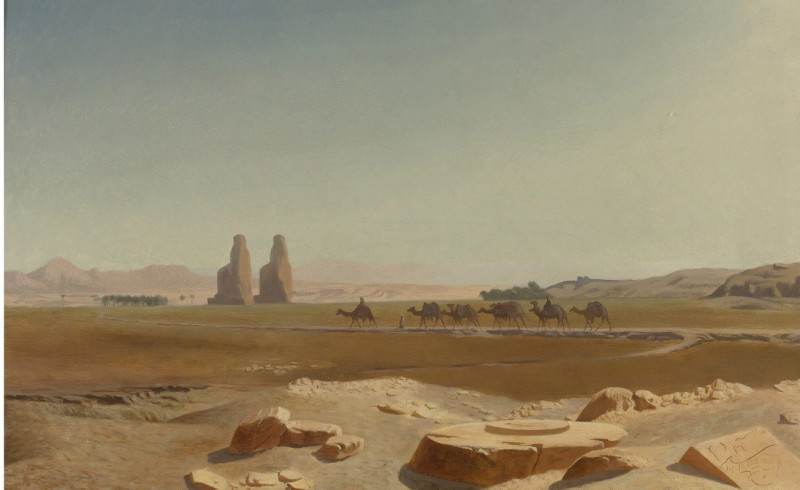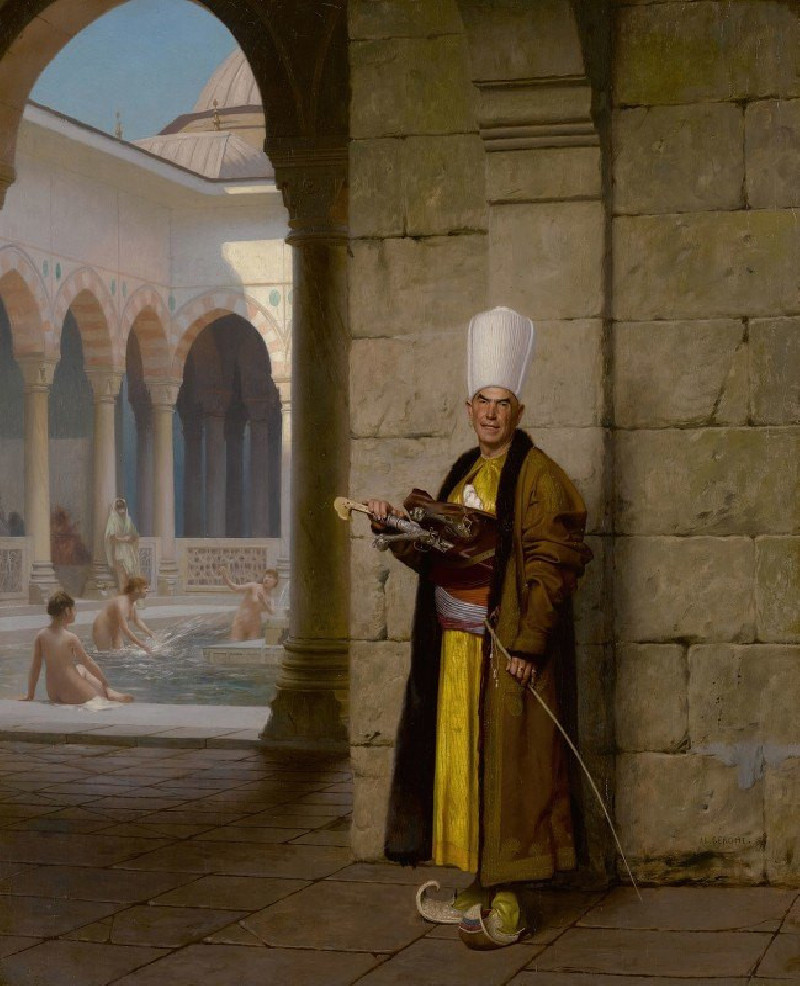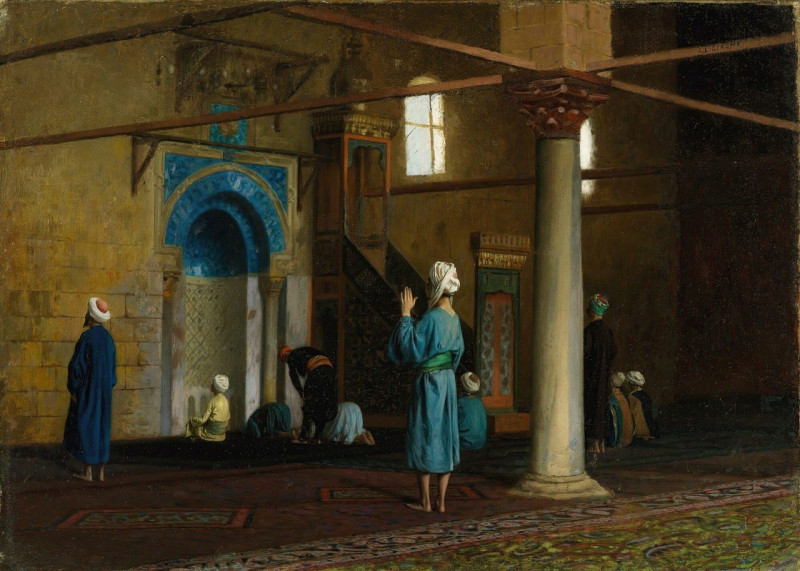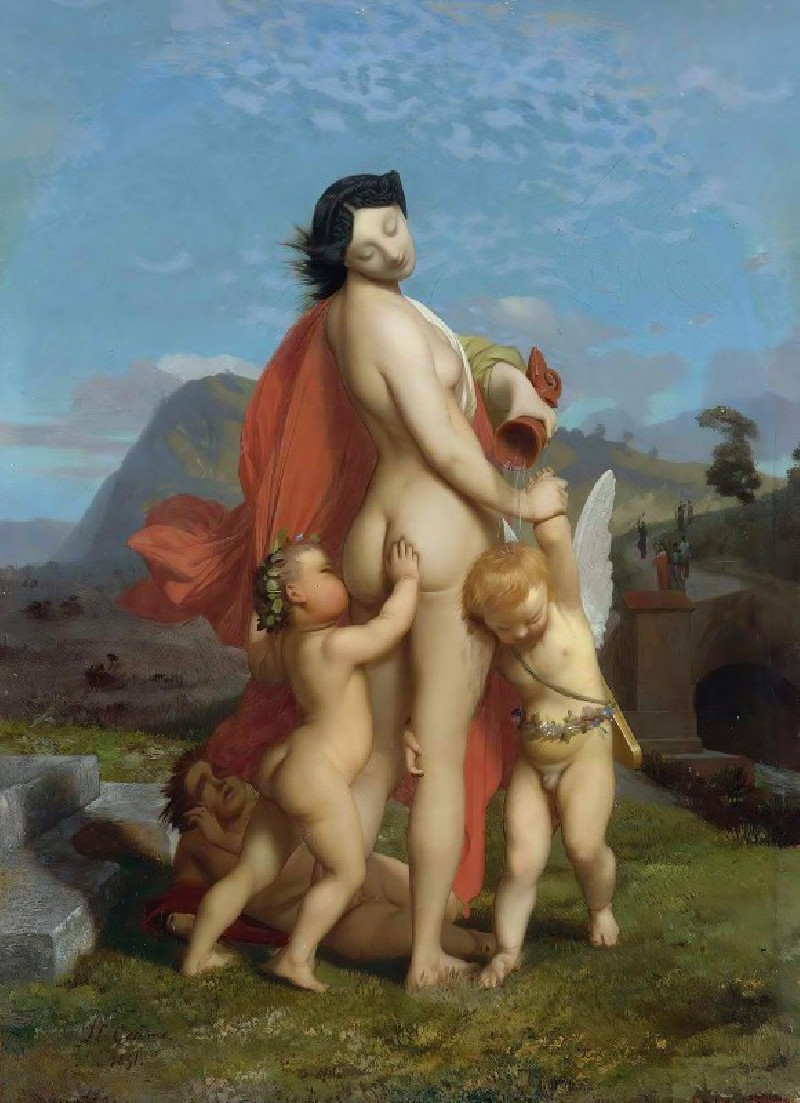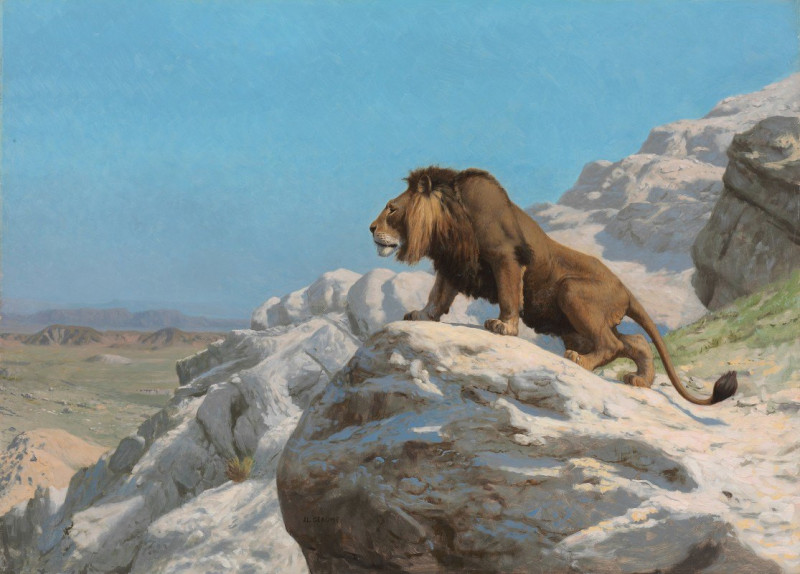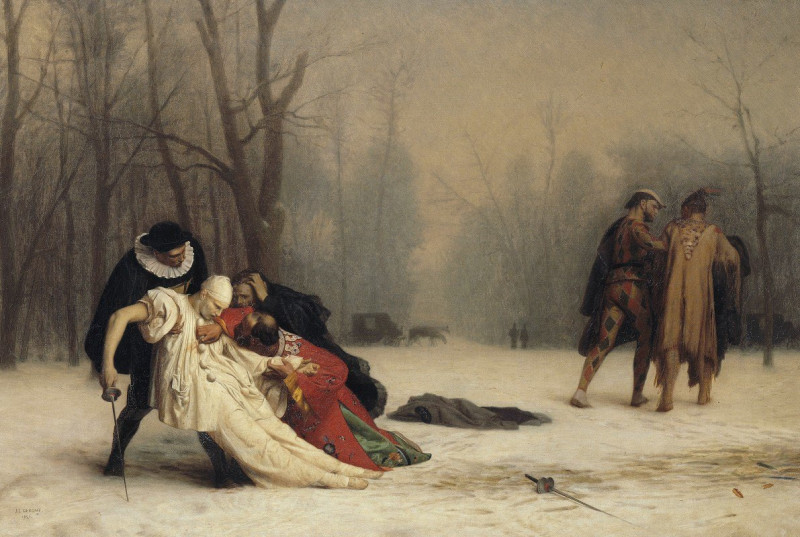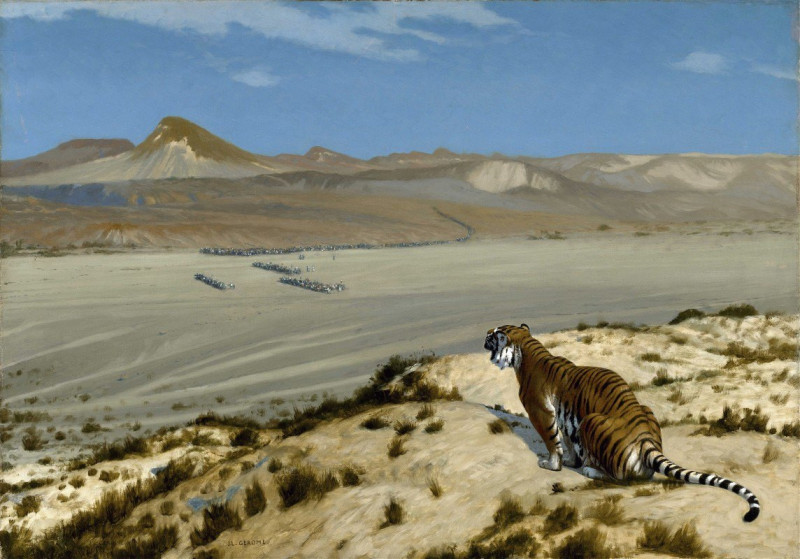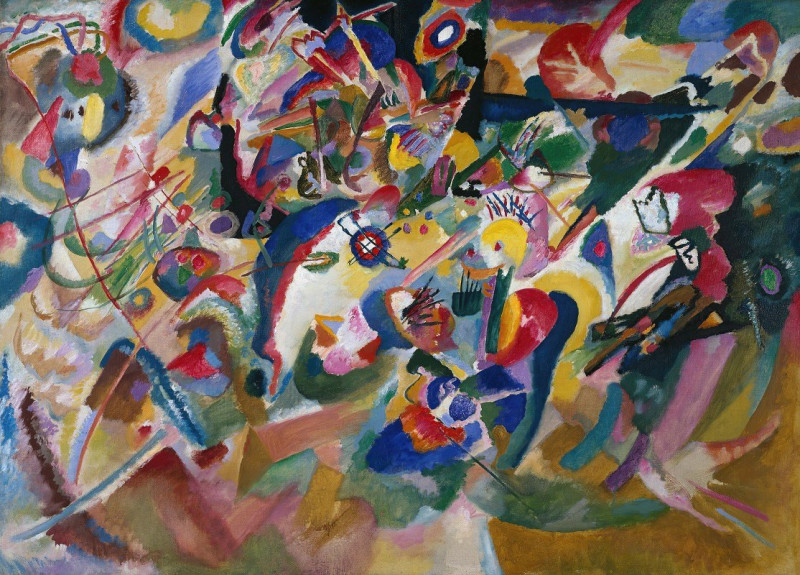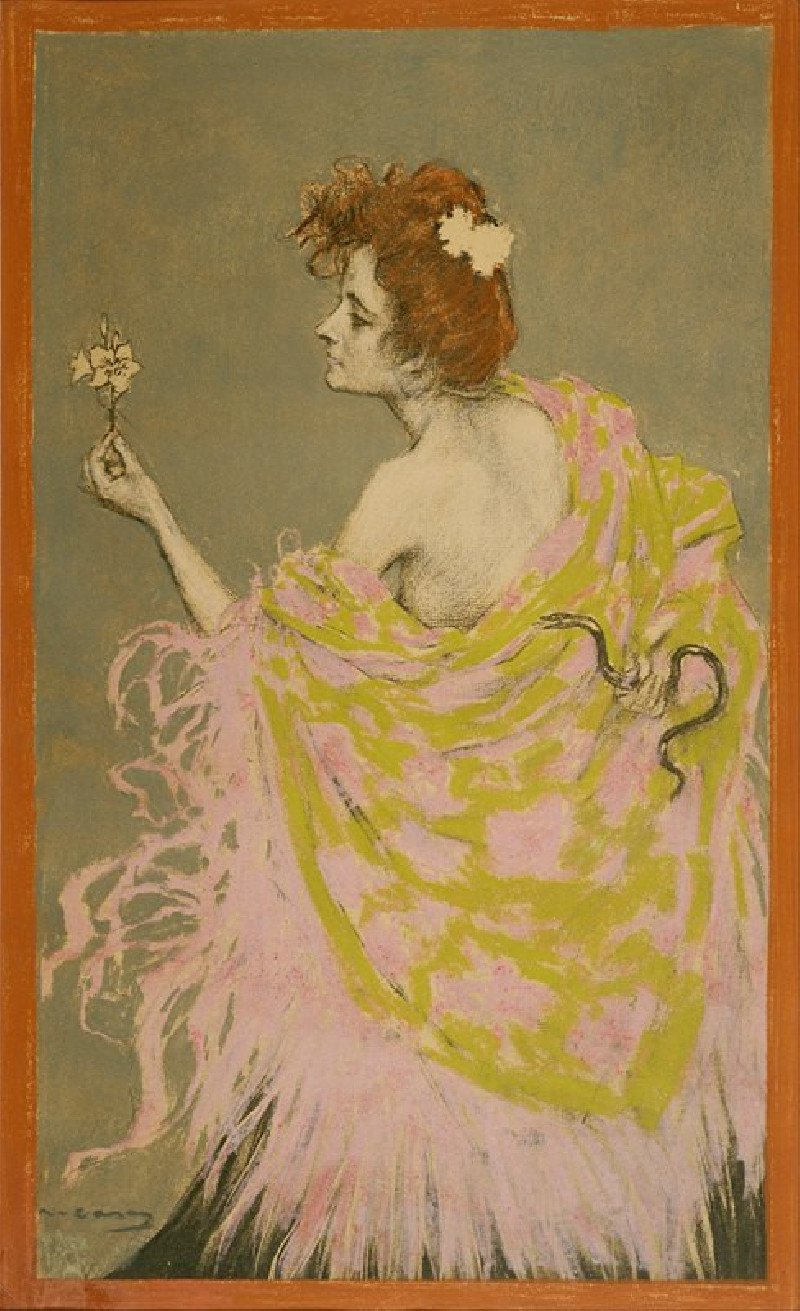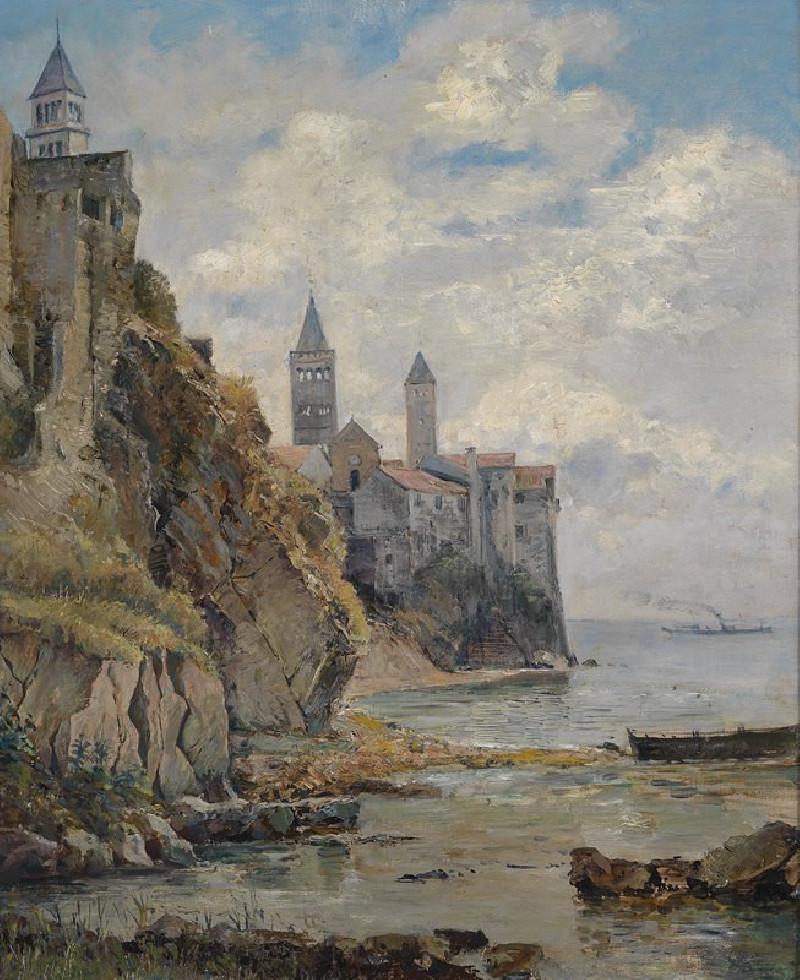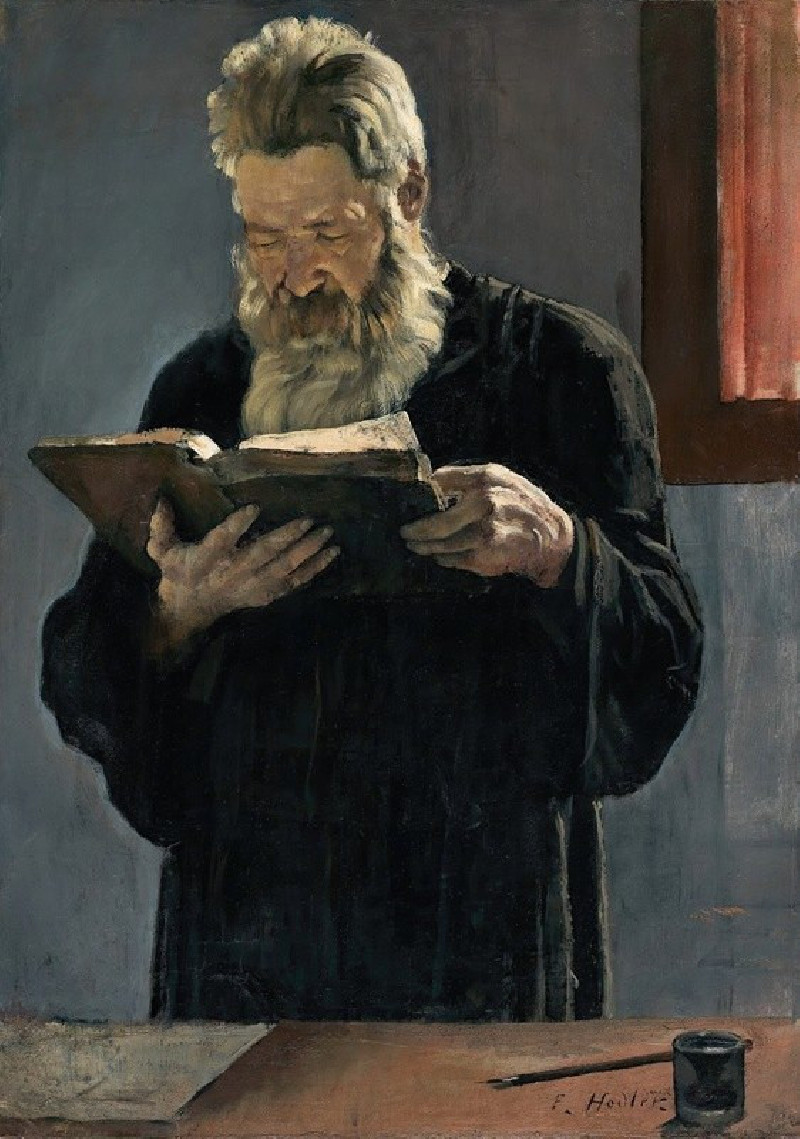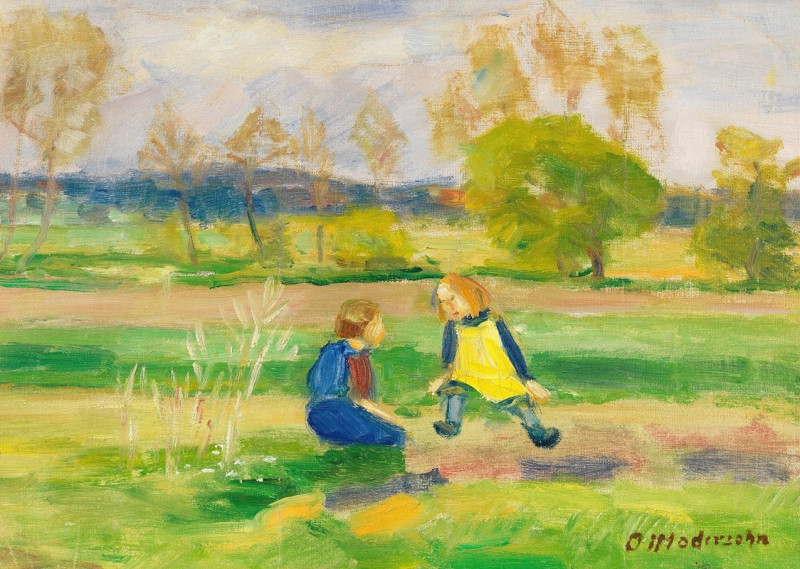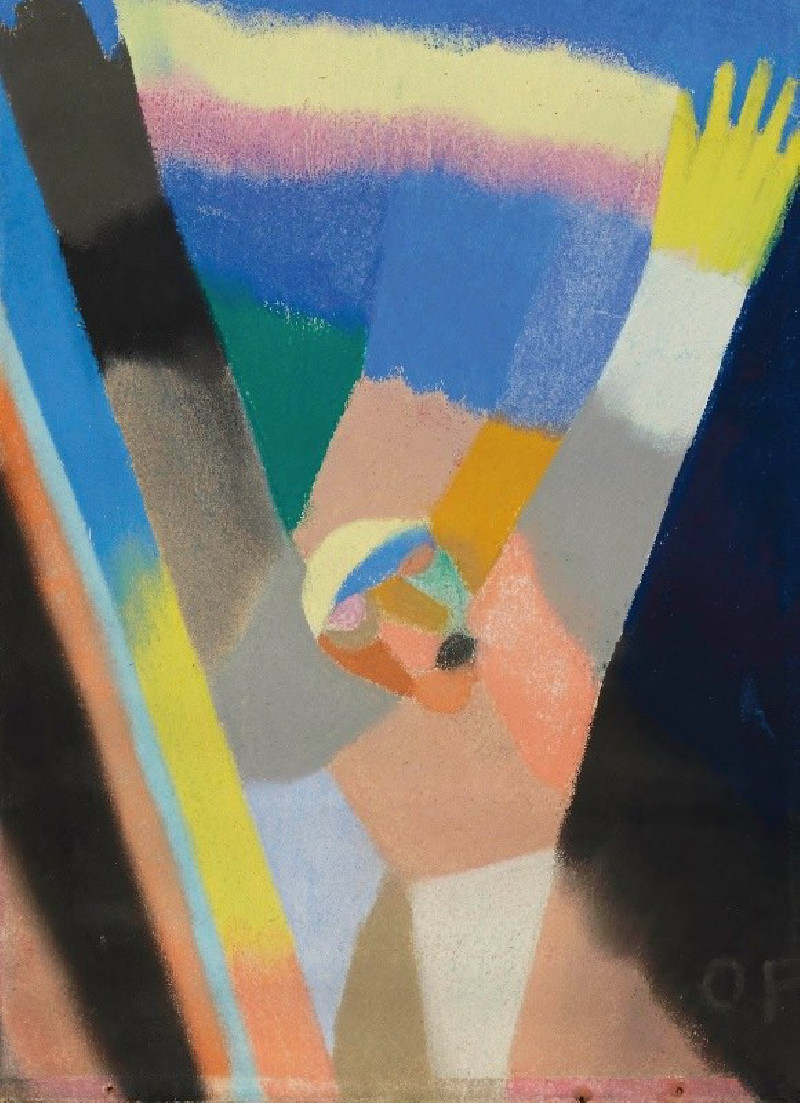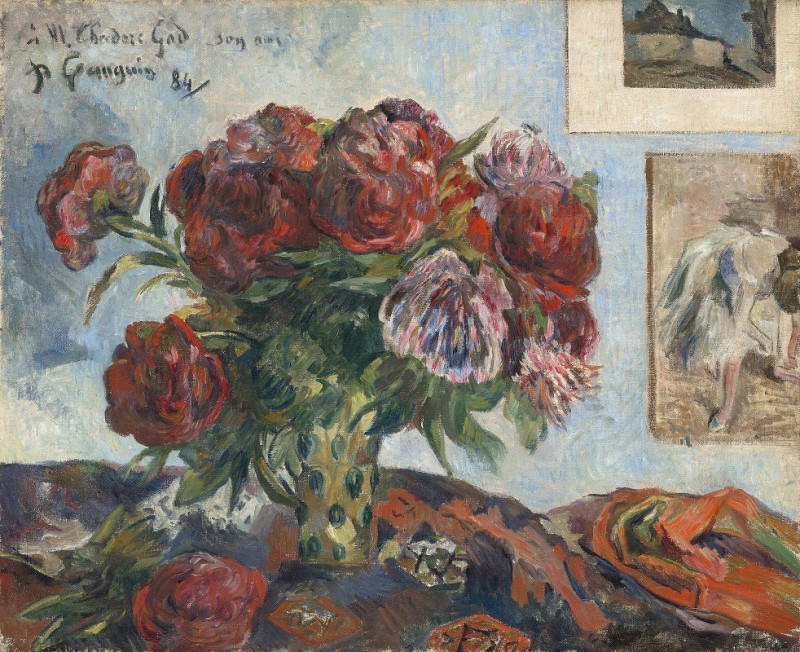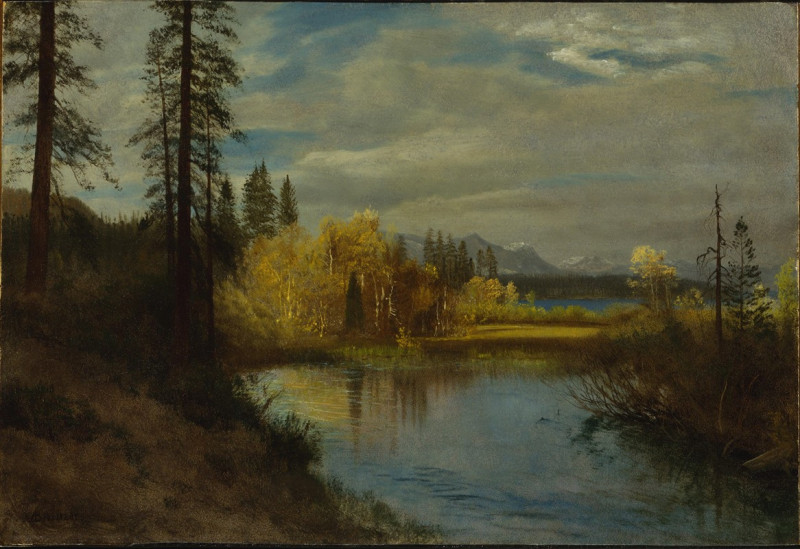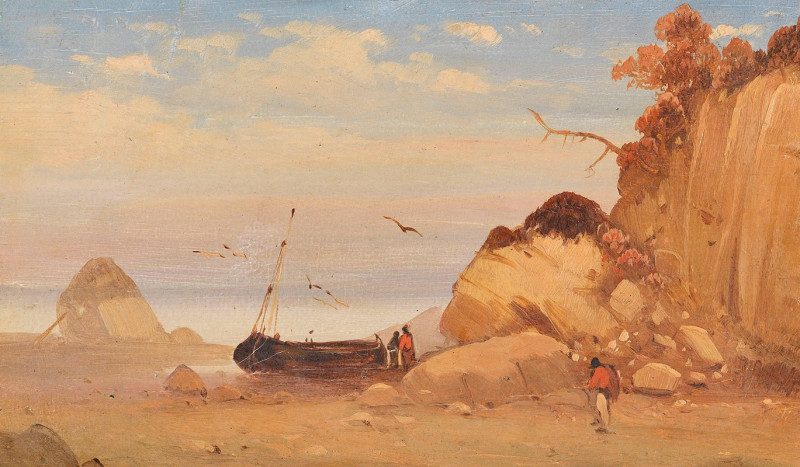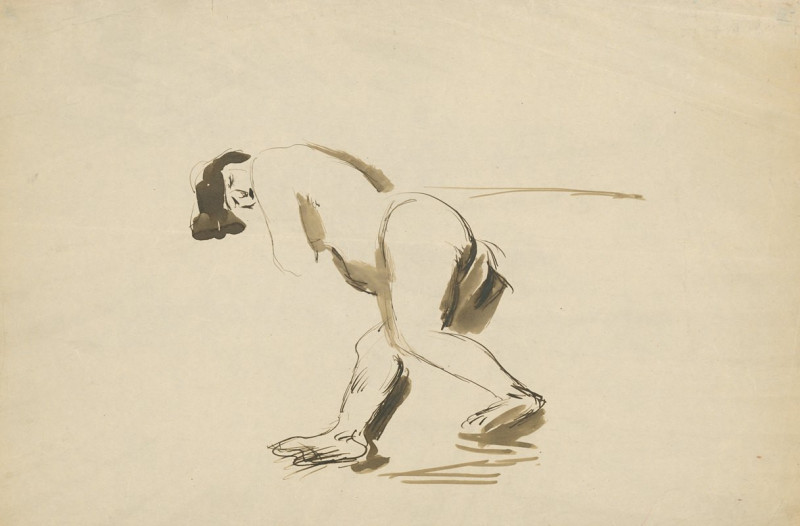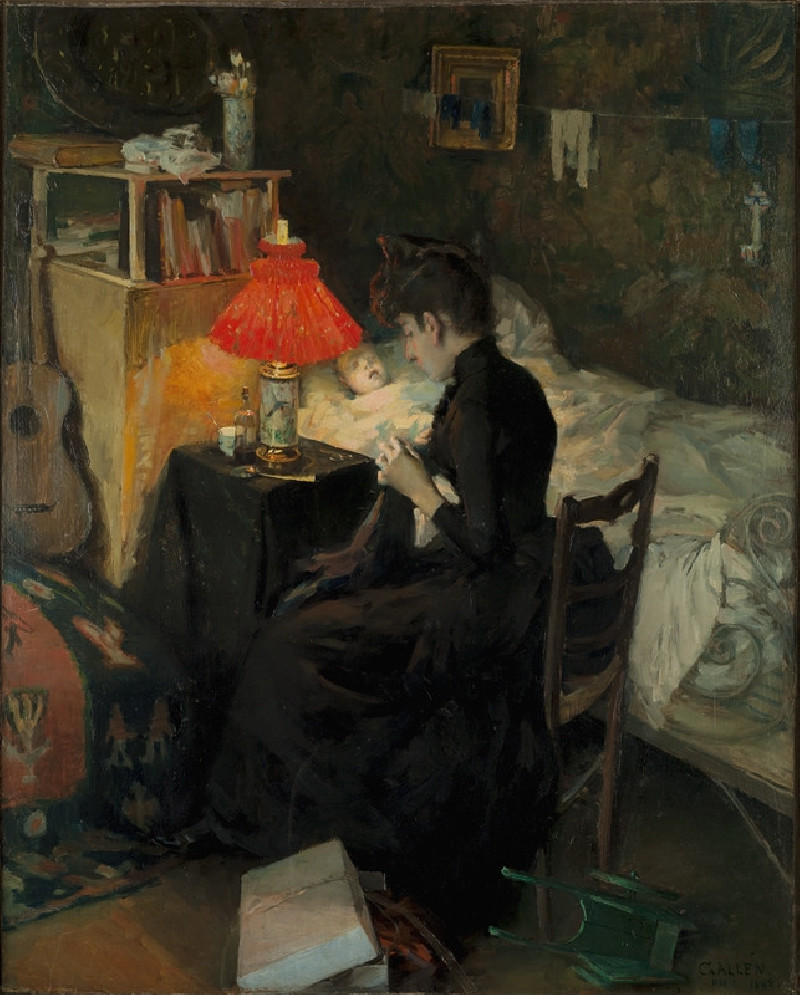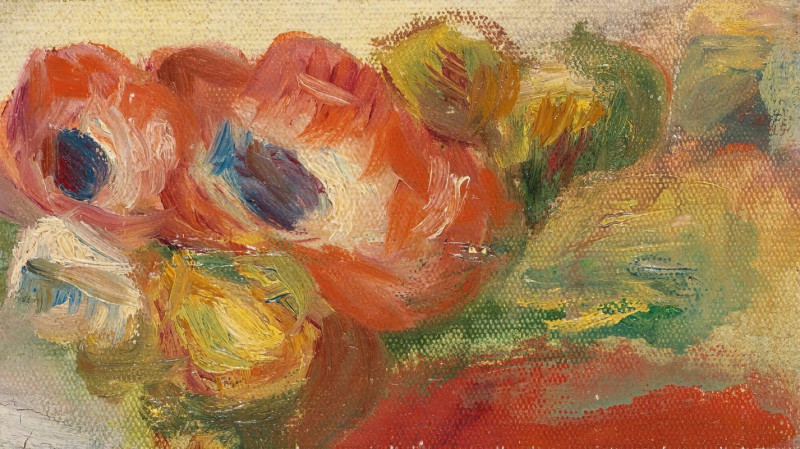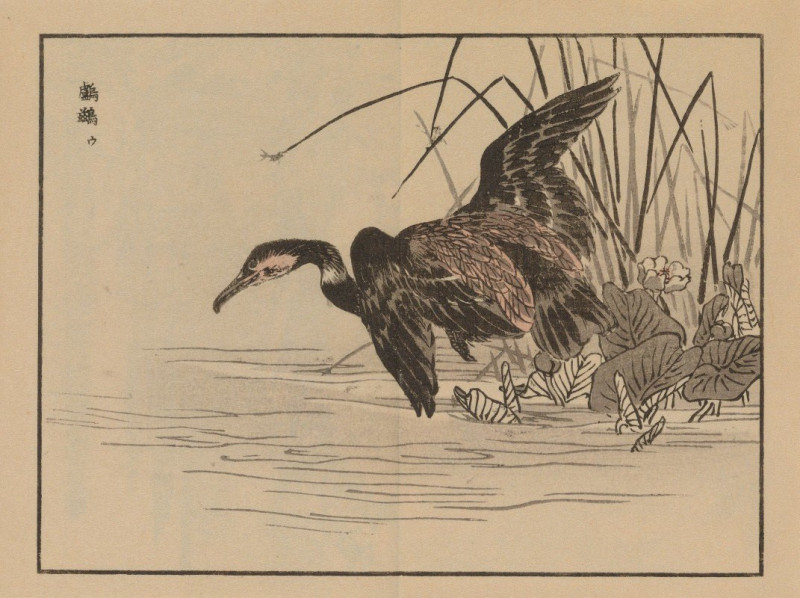Snake Charmer (c. 1879)
Technique: Giclée quality print
Recommended by our customers
More about this artwork
1879) by Jean-Léon GérômeJean-Léon Gérôme's painting "Snake Charmer" is a captivating portrayal of Orientalist themes prominent in 19th-century European art. The work features a young performer surrounded by a group of attentive spectators in a richly decorated room. The walls are adorned with vibrant turquoise tiles, which include intricate Islamic motifs and Arabic calligraphy, enhancing the painting's exotic allure.Central to the scene is the snake charmer, a young boy who intriguingly handles a large snake which drapes over his shoulders and extends into the air. The boy is depicted in a state of enigmatic performance, captivating his audience with the perilous intimacy he shares with the serpent. His sparse attire and the revealing nature of his act add a sense of vulnerability and exoticism to his figure.To the right, an elderly man plays a traditional flute, presumably to soothe or control the snake, adding a lyrical element to the visual narrative. Around him, various men, dressed in traditional clothing ranging from turbans to robes, watch the performance intently. Their varied expressions and posture contribute to the overall atmosphere of fascination and tension within the scene.Gérôme's meticulous attention to detail not only in the figures but also in the objects scattered around—such as the woven baskets, musical instruments, and the richly textured fabric—help to place the viewer into a convincingly detailed setting. The painting reflects Gérôme's fascination with the Middle East and his ability to conjure scenes that spoke to the European imagination of the exotic East at the time.
Delivery
Returns
Jean-Léon Gérôme was a French painter and sculptor in the style now known as academicism. His paintings were so widely reproduced that he was "arguably the world's most famous living artist by 1880." The range of his oeuvre included historical painting, Greek mythology, Orientalism, portraits, and other subjects, bringing the academic painting tradition to an artistic climax. He is considered one of the most important painters from this academic period. He was also a teacher with a long list of students.

